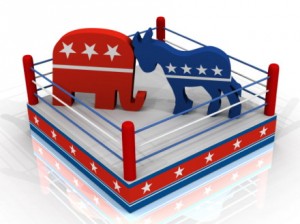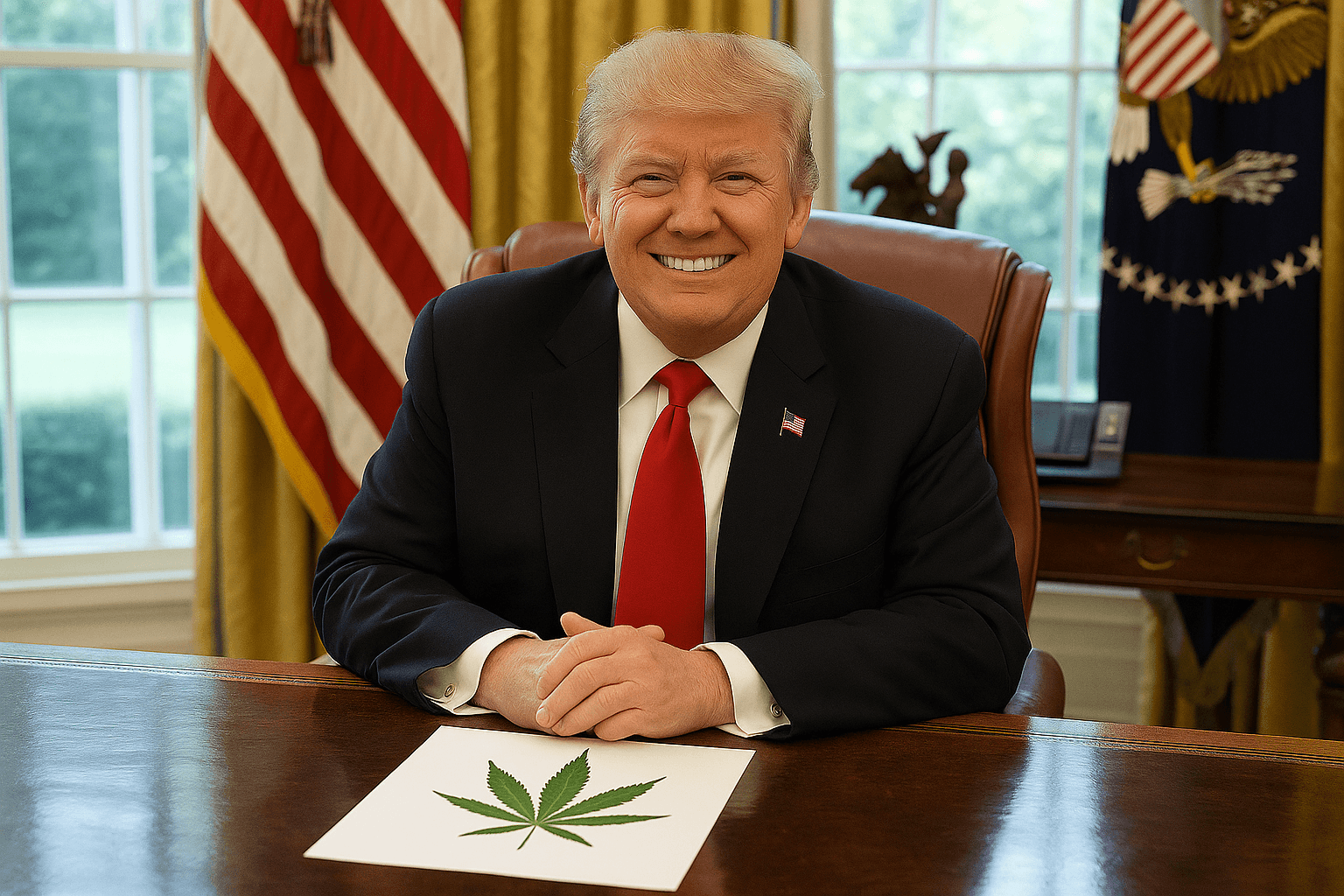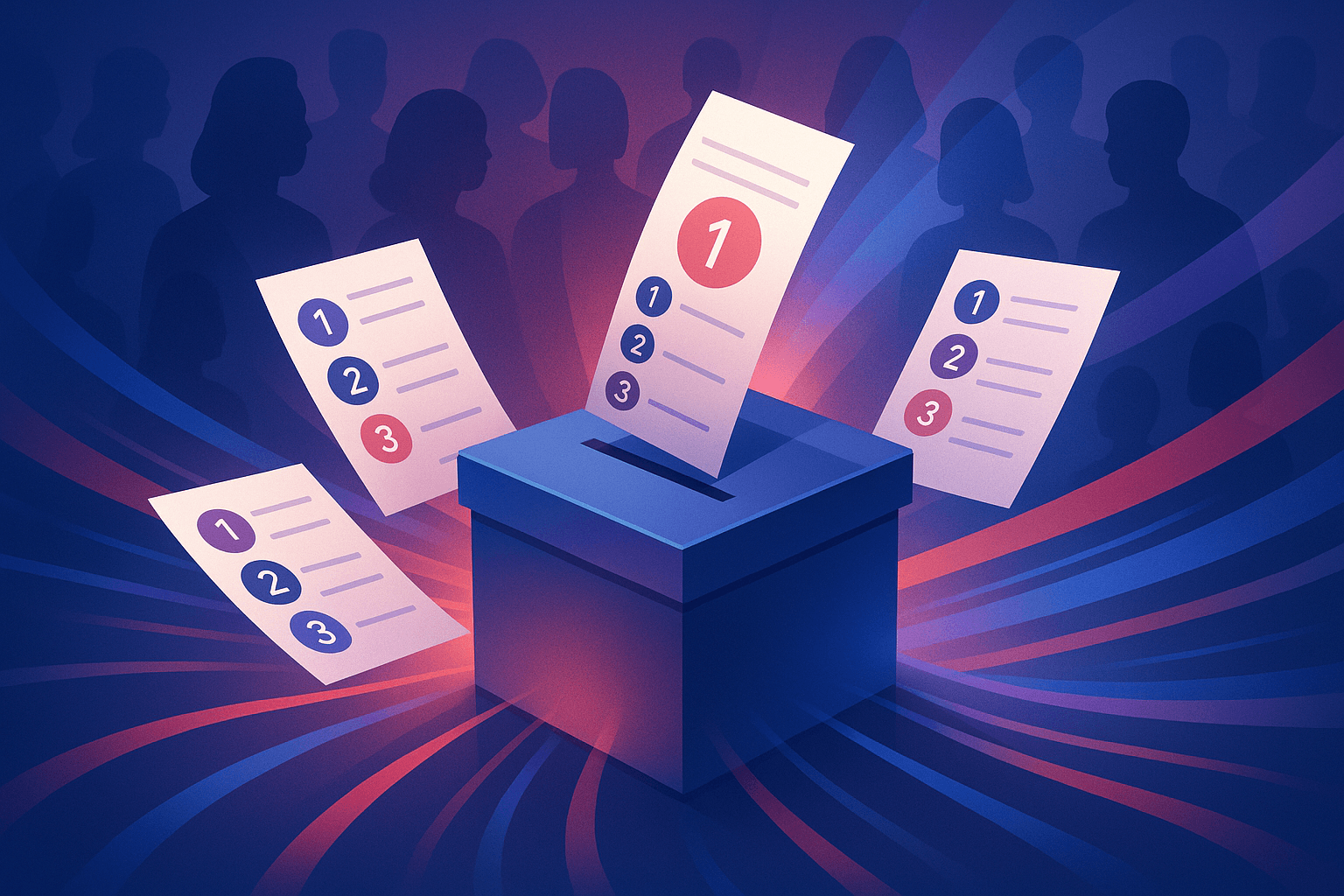Hyperpartisanship: The State of the Union

In his State of the Union address last week, President Obama confronted the partisan divide between the Democratic and Republican parties, calling on Congress to put ideology aside and work toward building a consensus on the most pressing issues facing the nation.
“We need to end the notion that the two parties must be locked in a perpetual campaign of mutual destruction; that politics is about clinging to rigid ideologies instead of building consensus around common-sense ideas,” said the President.
The sentiment echoed the president's State of the Union address from 2011. “We will move forward together, or not at all -- for the challenges we face are bigger than party, and bigger than politics,” said the President last year.
However, President Obama does not appear to hold out much hope for change in the political culture of the nation's capital any longer. The difficulty of building consensus between the executive and the legislature in today's two-party system may be too obvious to deny. In his address last week, he continued:
“While we may not be able to bridge our biggest philosophical differences this year, we can make real progress. With or without this Congress, I will keep taking actions that help the economy grow.”
For their part, some members of Congress made a symbolic gesture toward unity and comity by rearranging the seating charts in the House Chamber. In an effort spearheaded by Senators Mark Udall of Colorado and Lisa Murkowski of Alaska, over 180 members of Congress agreed to forego the tradition of sitting on opposite sides of the aisle for the presidential address.
“Hyper-partisanship has frequently kept Congress from finding common-sense solutions that could spur economic growth or help our middle class. It's little wonder that the American people have such a low regard for Congress and a lack of confidence in their governmental institutions,” wrote Udall and Murkowski in a letter to the majority and minority leaders of the House and Senate. “On the night of the State of the Union address, we are asking others to join us - senators and congressmen from both parties - to cross the aisle and sit together,” they pleaded.
The two Senators led a similar effort at the 2011 State of the Union. The bipartisan seating arrangement was strongly supported by the organization No Labels, which took out a full page ad in the New York Times on January 13th, demanding: “Make congress sit together. Not on opposite sides of the aisle, but actually together. Then they might work, together.”
That is easier said than done. The assertion that it is “time to put politics aside” is among the most common cliches one is likely to hear from an American politician. Both Barack Obama and George Bush campaigned for the presidency with promises of overcoming the hyper-partisan divide in Washington D.C.. President Bush famously stated “I'm a uniter not a divider,” and President Obama ran on a platform of post-partisanship. Ironically, they have proven to be the two most polarizing presidents in history, according to Gallup.
This demonstrates rather succinctly that the hyperpartisan divide is not confined to Washington D.C., but is rather a defining characteristic of our politics under the conditions of the contemporary two-party state. If we want to lower the temperature of the nation's capital, the most obvious solution would be to elect cooler heads to the Congress. But, they are unlikely to be found among Democrats and Republicans.



